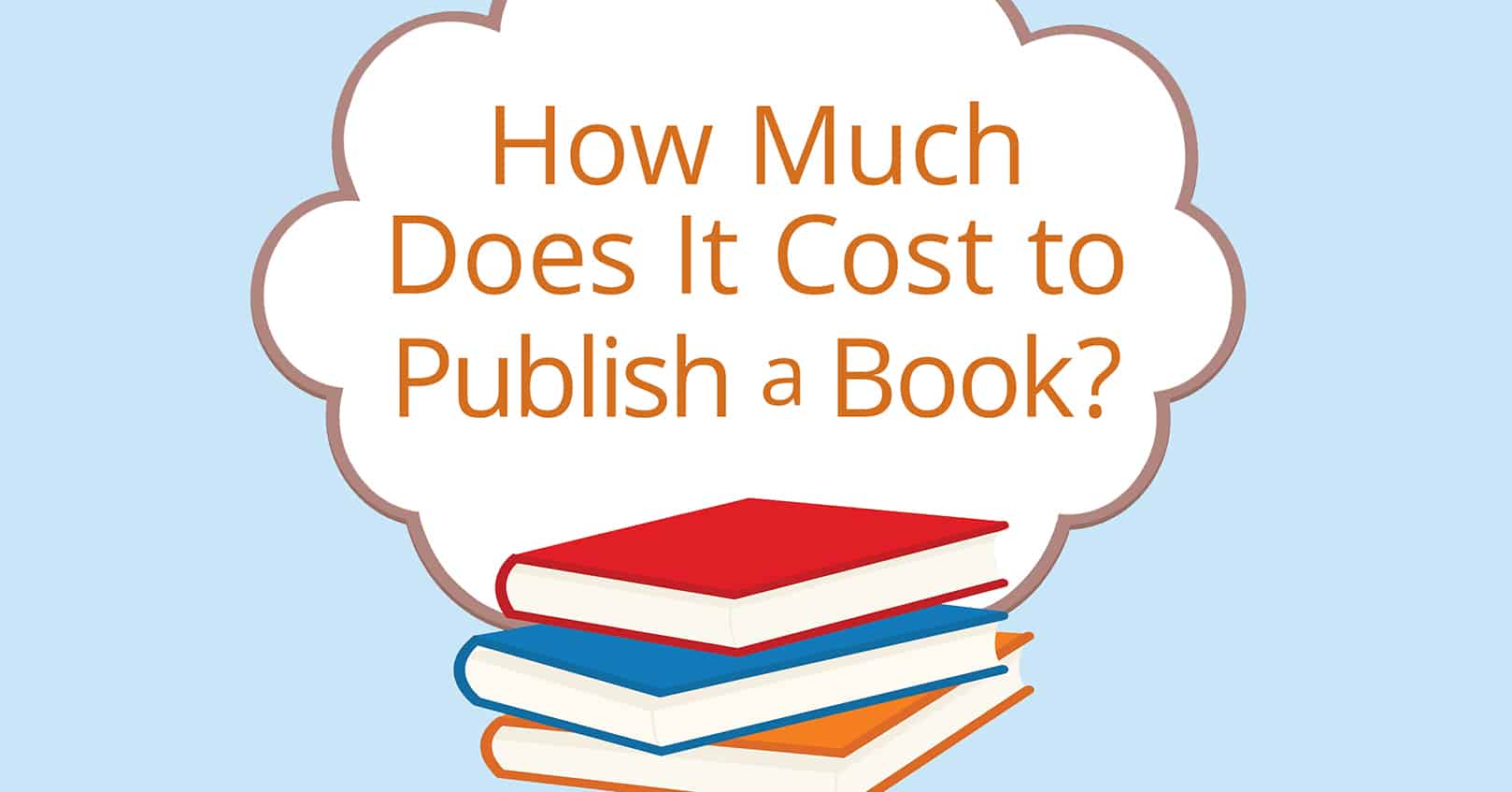
If you’ve ever stared at a blinking cursor while your word count stubbornly refuses to rise, you’re not alone. Many writers struggle with productivity—not because they lack ideas, but because focus is fleeting and time is limited. Enter the writing sprint: a simple but powerful tool that can help you finish your book faster, beat procrastination, and even reignite your love for the craft.
What Is a Writing Sprint?
A writing sprint is a set period of time (often 10 to 30 minutes) where you write as quickly as possible without stopping to edit, reread, or second-guess yourself. The goal isn’t perfection—it’s output. You race against the clock to get words on the page, silencing your inner critic and letting your creative instincts take the lead.
Why Writing Sprints Work
1. They bypass perfectionism.
When you know you’re only writing for 20 minutes, it’s easier to silence the voice that wants every sentence to be polished. You give yourself permission to be messy—which is exactly what first drafts are meant to be.
2. They create urgency.
A ticking clock turns writing into a game. You’re no longer aimlessly typing—you’re sprinting. That small mental shift turns writing into a focused, high-energy task instead of a vague to-do.
3. They fit into busy schedules.
Don’t have three uninterrupted hours to write? Most of us don’t. But 15 minutes before breakfast or during a lunch break? Much more manageable. Writing sprints help you reclaim those short pockets of time.
4. They build momentum.
Consistent sprints—even if short—can lead to a surprising amount of progress. Just 500 words a day adds up to 15,000 a month. That’s a novella in your spare time.
5. They can be social (and fun).
Sprinting with other writers (in-person or online) adds accountability and encouragement. Tools like Discord groups, Zoom write-ins, or sprint hashtags on social media can turn solitary writing into a shared experience.
How to Use Writing Sprints Effectively
Choose your time.
Decide on a length that works for you—start with 15 or 20 minutes. Set a timer so you’re not tempted to check the clock.
Set a specific goal.
Know what scene or chapter you’re tackling. Going in with direction helps you maximize your sprint.
Eliminate distractions.
Turn off notifications, close unnecessary tabs, and consider using focus tools like Cold Turkey or Forest.
Don’t stop to fix.
If you can’t think of the perfect word, use a placeholder. If a plot hole appears, jot a quick note and keep moving. Editing is for later.
Track your progress.
Seeing your word counts grow over time can be incredibly motivating. You can use a spreadsheet, journal, or apps like Scrivener and Dabble to log your sprints.
Real-World Results
Many authors swear by sprints to hit deadlines or finish daunting drafts. Some use them during NaNoWriMo to reach 50,000 words in a month. Others use them year-round to maintain steady progress—even with a full-time job or kids at home.
The key takeaway? Writing a book doesn’t have to mean hours of uninterrupted solitude. It can be done in bursts. In sprints. In whatever time you can claim.
Try It Today
Set a timer for 15 minutes. Pick a scene—any scene—and write as fast as you can. Don’t worry about whether it’s good. Just finish it. Then do it again tomorrow. And the next day.
Before you know it, you won’t just be sprinting. You’ll be finishing.















Comments